The Fujian Museum (福建博物院), originally established in 1933 as the Fujian Provincial Science Hall and later reorganized in 1953 as the Fujian Provincial Museum, is located on a 6-hectare site with a building area of 36,000 square meters in Fuzhou, Fujian Province, China. The museum consists of three above-ground floors and one underground level, with a new exhibition area covering 15,000 square meters. It houses a permanent collection of over 150,000 cultural relics and natural specimens, including more than 30,000 precious artifacts.
The architectural design of the Fujian Museum embodies distinctive elements of Fujian culture. Its roofs are shaped in a unique character resembling traditional Fujian residential structures. Totem pillars symbolizing the essence of “Min” culture are integrated throughout, complemented by relief walls that showcase the essence of Chinese cultural artifacts. The natural history gallery is designed in the style of Fujian tulou (earthen buildings), and the main building plaza features patterns reminiscent of spreading water ripples.
Strategically situated amidst water on three sides, the museum’s architecture not only reflects the local folk customs and aspirations for development but also embodies the harmonious symbolism of water in Chinese culture. With 15 exhibition halls, including seven permanent and six temporary galleries, the Fujian Museum serves as a comprehensive venue for exploring the rich heritage and cultural diversity of Fujian Province.
Table of Contents
- Basic Information
- Location and Transportation
- Exhibitions in Fujian Museum
- Vlog about Fujian Provincial Museum
- Other Attractions in Fuzhou Urban Area
Basic Information
| Estimated Length of Tour | 2 – 3 hours |
| Ticket Price | Free |
| Opening Hours | 9.00 – 18.00; Last admission: 17.30 (Tuesday – Friday) 9.00 – 20.00; Last admission: 19.30 (Saturday – Sunday) Closed on Mondays |
| Telephone Number | 0086-0591-83757627 |
Location and Transportation
The Fujian Museum is located at 96 Hutou Street, Gulou District, Fuzhou City, Fujian Province. To get there, you can take bus 23, 53, 87, 88, 91, 98, 132, 152, 158, 172, 207, 301, 308, 311, or 322 and get off at Fujian Museum Stop (福建博物院).
Exhibitions in Fujian Museum
Ancient Civilization of Fujian
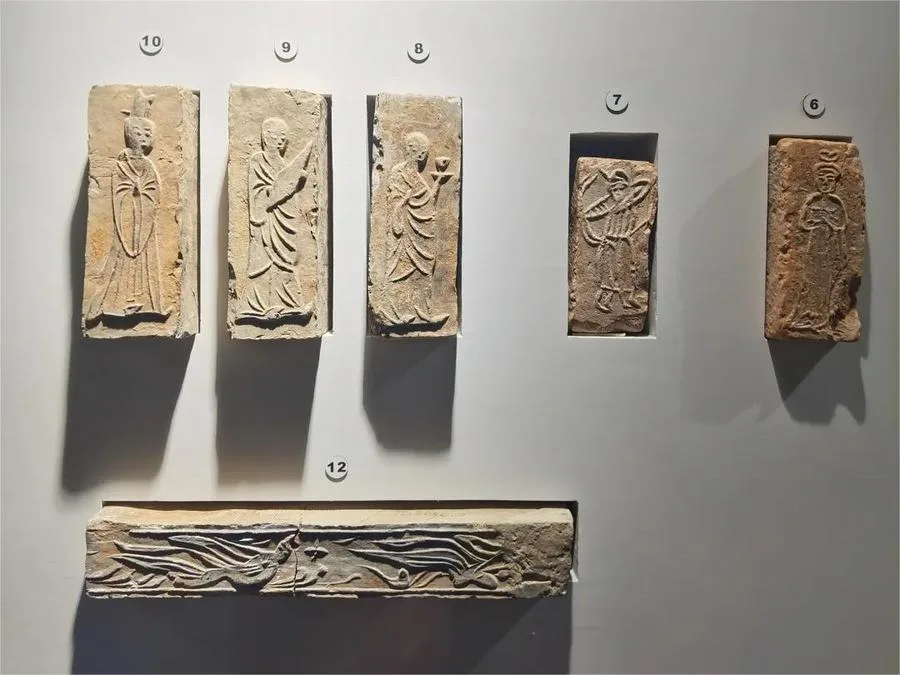
This exhibition provides a comprehensive narrative of Fujian’s development from ancient times to the Opium War era, offering a profound glimpse into the region’s historical civilization. The journey begins with the dim caves of ancient times and progresses through the serene years when the Minyue people navigated their boats and sang songs. It incorporates the wisdom and diligence of Central Plains immigrants, leading into the prosperous Song and Yuan dynasties when commerce flourished and Fujian became a cultural hub akin to the “Seashore State of Lu.” The exhibition also covers the Ming and Qing dynasties, highlighting the maritime exploits of heroes such as Zheng He and Zheng Chenggong, who left indelible marks on Fujian’s history.
Traditional Crafts of Fujian
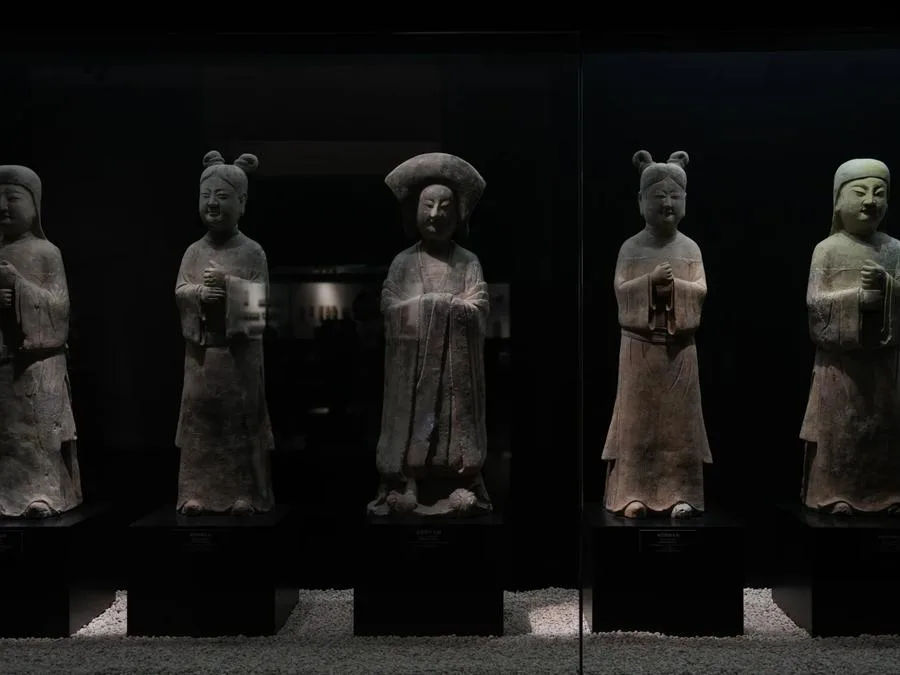
Fujian boasts a rich tradition of arts and crafts that have evolved over millennia, showcasing a diverse array of exquisite techniques unique within the realm of global craftsmanship. Situated on the southeastern coast of China, Fujian has nurtured generations of skilled artisans who inherit and innovate upon the essence of traditional Chinese craftsmanship while infusing distinct local flavors into their creations. The exhibition features renowned craft treasures such as Shoushan stone carvings, lacquerware, Dehua porcelain, and wood carvings, each celebrated for their cultural significance and artistic excellence. Visitors can appreciate the aesthetic beauty brought forth by these masterpieces, reflecting both cultural refinement and the artistry of renowned craftsmen.
Fujian Opera
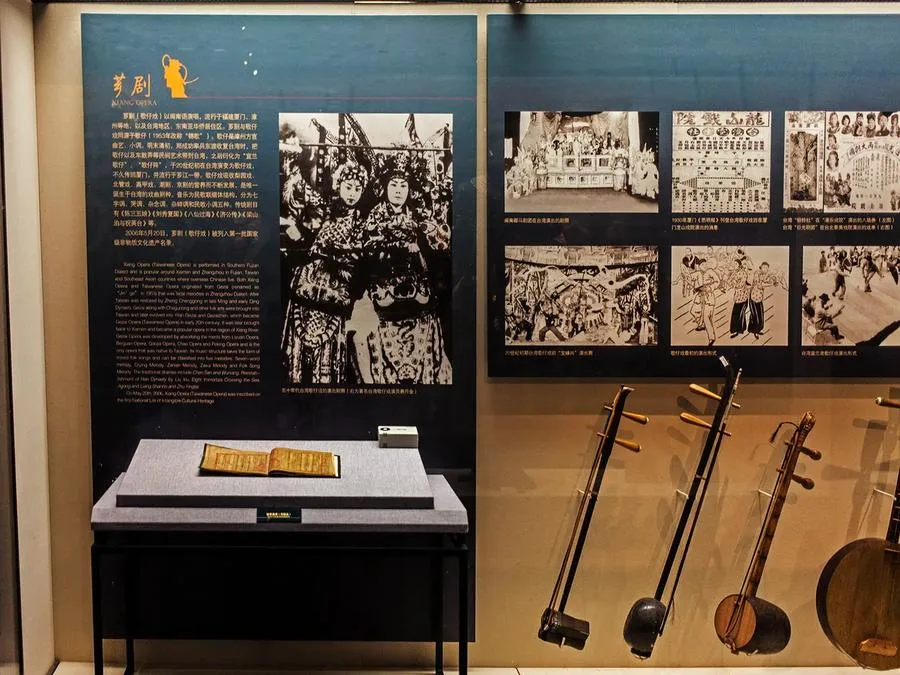
Fujian Opera, a prominent flower in the garden of Chinese opera, has its roots dating back to the Tang and Five Dynasties period, flourishing during the Song and Yuan dynasties with refined artistry. The exhibition features five main local opera genres: Putian Opera, Liyuan Opera, Min Opera, Gaojia Opera, and Xiang Opera, along with puppetry, all vibrant across the Fujian region. These forms have also spread to Taiwan and overseas regions with Fujianese immigrants, exerting a significant cultural influence. The Fujian Museum aims to showcase the charm of Fujian Opera through artifact displays and multimedia presentations, inviting visitors to appreciate and participate in the preservation, inheritance, and promotion of traditional Chinese opera. This exhibition celebrates the cultural genes and lineage of the Chinese nation.
Ancient Fujian Export Porcelain

From the Qing Celadon of Huai’an Kiln in Fujian during the Tang and Five Dynasties to the renowned Dehua white porcelain of the Song, Yuan, Ming, and Qing dynasties, Fujian has been a pivotal hub for the dissemination of Chinese ceramic craftsmanship worldwide. This exhibition gathers rare varieties of export porcelain, some originating from ancient kiln sites long lost to history and others recovered from shipwrecks resting on the ocean floor for centuries. These artifacts illustrate Fujian’s role as a historic center for ceramic production and trade, showcasing the delicate artistry and enduring civilization that Fujian has contributed to global cultural heritage.
Chinese Fine Arts Exhibition
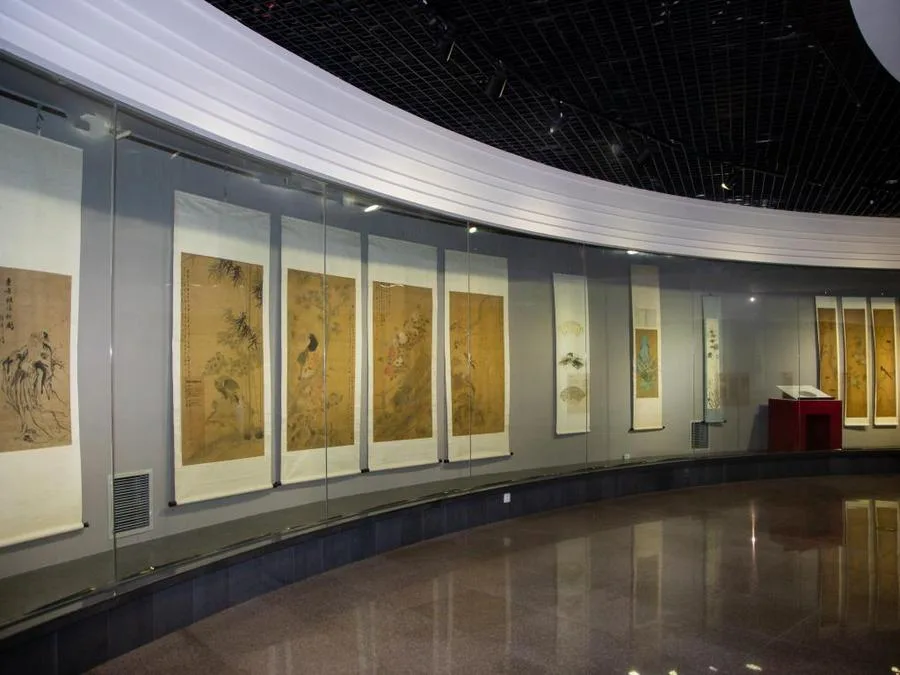
Located within the Jicuiyuan Art Gallery since its inauguration on January 2, 1993, this exhibition features exquisite Chinese paintings and calligraphy dating from the Tang and Song dynasties to the present. Displayed in a serene atmosphere, it includes landscapes, figures, flowers and birds, as well as various calligraphic styles such as seal script, clerical script, regular script, running script, and cursive script. Many of these artworks are rare masterpieces, showcasing the unparalleled skills of past masters. The Jicuiyuan Art Gallery, nestled between the West Lake Park and Zuo Hai Park within the Fujian Museum complex, spans approximately 2,000 square meters. It houses modern exhibition spaces and advanced display cases specifically designed for paintings and calligraphy, enabling it to host joint exhibitions, solo shows, thematic exhibitions, and academic discussions and presentations. The gallery also engages in the authentication, collection, protection, restoration, research, exchange, and exhibition of Chinese paintings and calligraphy, fostering connections with artists and collectors alike.
Natural History Exhibition
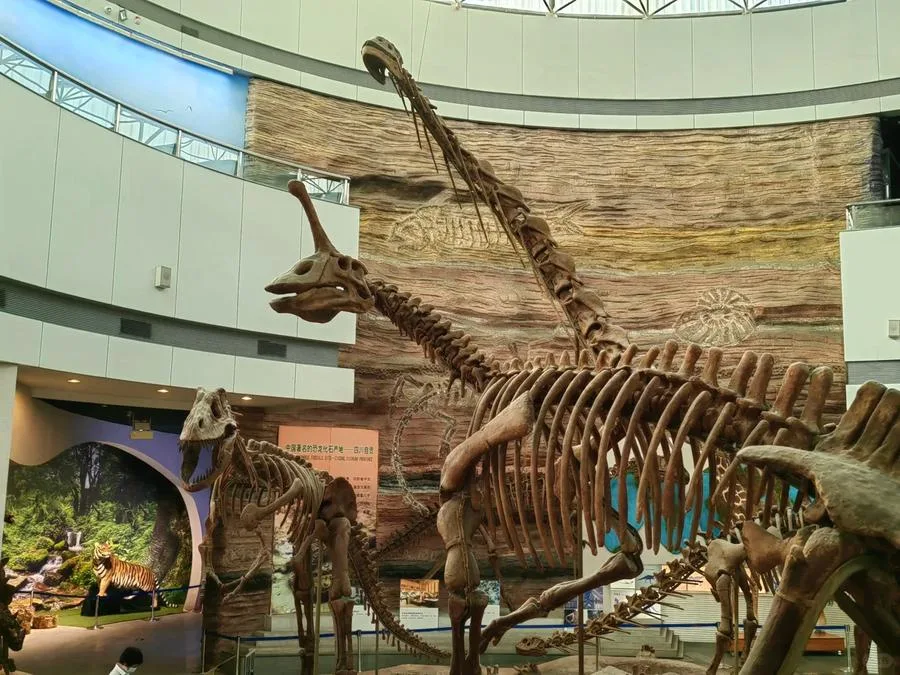
Designed in the architectural style of Fujian’s traditional earthen buildings, the Natural History Exhibition offers a unique visual experience. It consists of two main displays: “Dinosaur World” and “Biodiversity.” From the roaring giants of the Mesozoic Era to the diverse array of present-day creatures, including some endangered species, the exhibition provides a comprehensive view of Earth’s natural history. This gallery not only inspires visitors, particularly young audiences, to appreciate nature but also raises awareness about ecological conservation. It serves as an educational hub where visitors can immerse themselves in learning about the planet’s biodiversity, sparking imagination and expanding knowledge. The Natural History Exhibition at the Fujian Museum stands as a favorite destination for its engaging displays and educational value, offering a dynamic blend of scientific exploration and environmental stewardship.









The Fujian Provincial Museum really didn’t have much to see. The free exhibits are limited to just a few galleries that are quite mediocre. The second floor is undergoing renovations, and everything on the first floor requires an admission fee. The free sections don’t have much to offer and are quite small, honestly not even as impressive as many local city museums.
Don’t visit the Fujian Museum before May, as the general history exhibition and the regular exhibitions have been taken down for a reconfiguration. Currently, there are only four exhibition halls open, and the number of exhibits is quite limited. You don’t even need to rent an audio guide.
The Fuzhou Museum has its Hall 9, which houses many of its treasures, closed from March 13, 2025, to May 15, 2025. Those planning to visit during this time should take note.
We stayed near the subway station, making it convenient to visit the Lin Zexu Memorial. We set off in the morning, strolling through the narrow paths of Sanfang Qixiang, visiting various former residences and landmarks such as the Tianhou Temple and the Christian Church. We also saw the Love Tree and the archway on Nan Hou Street. After having lunch, we arrived at West Lake Park in the afternoon. With the huge crowds, we really couldn’t walk any further, so… Read more »
The museum is located in a park, surrounded by beautiful scenery, where you can enjoy the lake view and occasionally spot swans and herons. What’s more, you don’t need to make a reservation! That is really convenient. Right next to it are the art gallery and the natural history museum, which together create a very pleasant environment. However, the overall experience was quite average. The museum’s facilities are quite outdated, and there are not many exhibition halls. It only provides… Read more »
The Fujian Museum truly allows you to feel the historical depth of Fujian. From the early, somewhat weathered artworks to the increasingly rich and exquisite ceramics, it’s all captivating. There are also volunteers providing explanations, and the expressions on the little square-cap ghost face figurine and the double-horned divine beast figurine are truly incredible.
The exhibition had a limited number of exhibits, but there were still some surprising items on display. It provided a relatively simple overview of the historical and cultural development of Fujian. However, for someone like me, who wasn’t very familiar with Fujian’s history before, it was quite informative and rewarding.
The promotional posters for each exhibition hall are quite beautiful, and the artifacts inside are definitely worth seeing. However, the layout and lighting design of the exhibition halls are rather sloppy, and the content is somewhat lacking, giving a feeling that it ended before I really got to see it all.